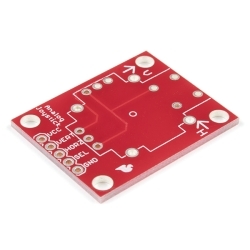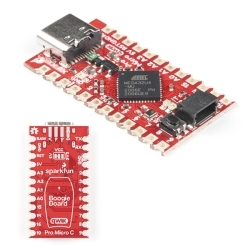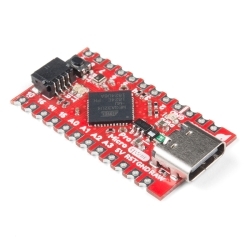SparkFun Thumb Joystick Breakout
BOB-09110
SparkFun Thumb Joystick Breakout
SKU: BOB-09110
$2.75
In stock
SKU
BOB-09110
Helpful Documentation
Product Overview
This is the breakout board for the thumb joystick. Pins are broken out to a 0.1" header and includes 4 mounting holes in the corners.
Dimensions: 1" x 1.25"
Documents:
Hookup Accessories
Features & Specs
- 1" x 1.25"
Documentation
Customer Reviews

SparkFun Thumb Joystick Breakout
$2.75
BOB-09110
Stock and Customer Discounts
$2.75 retail price.
Available Discounts
- $2.61 | 10+ units
- $2.48 | 25+ units
- $2.34 | 100+ units


 Schematic
Schematic






